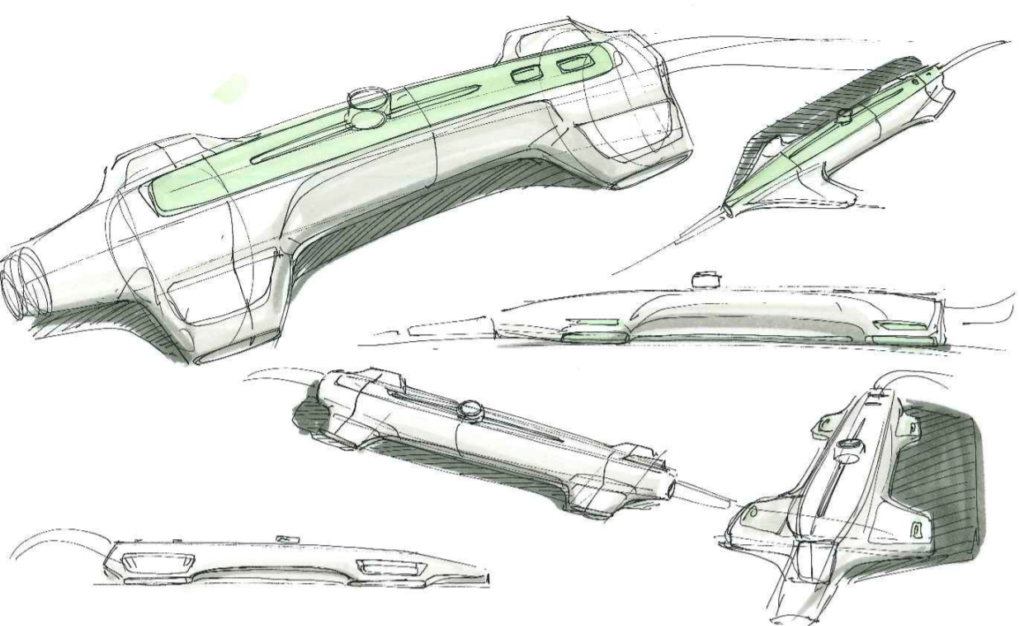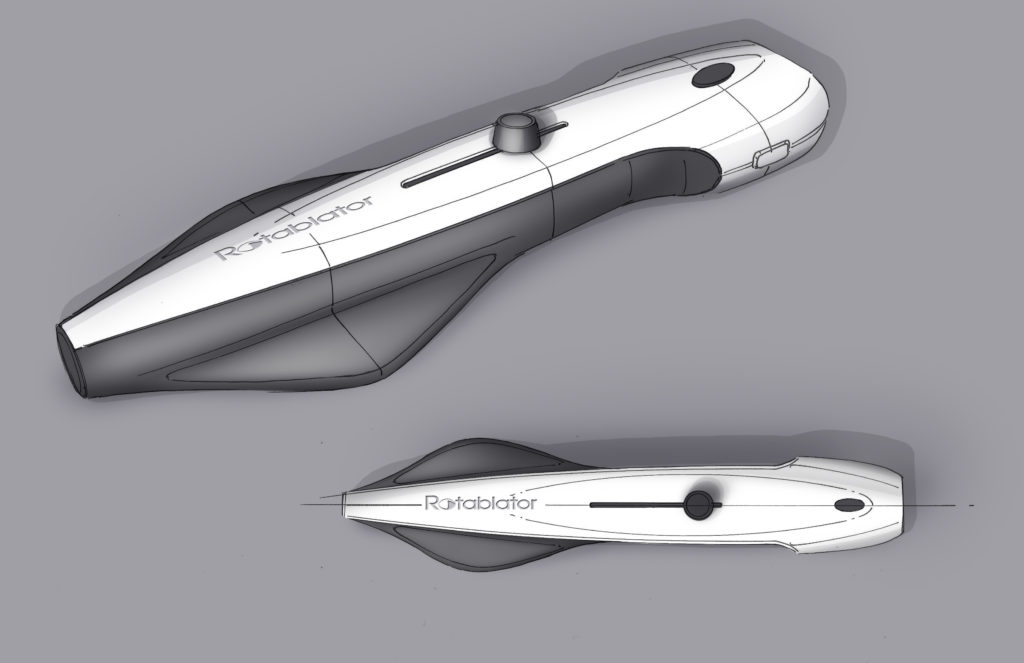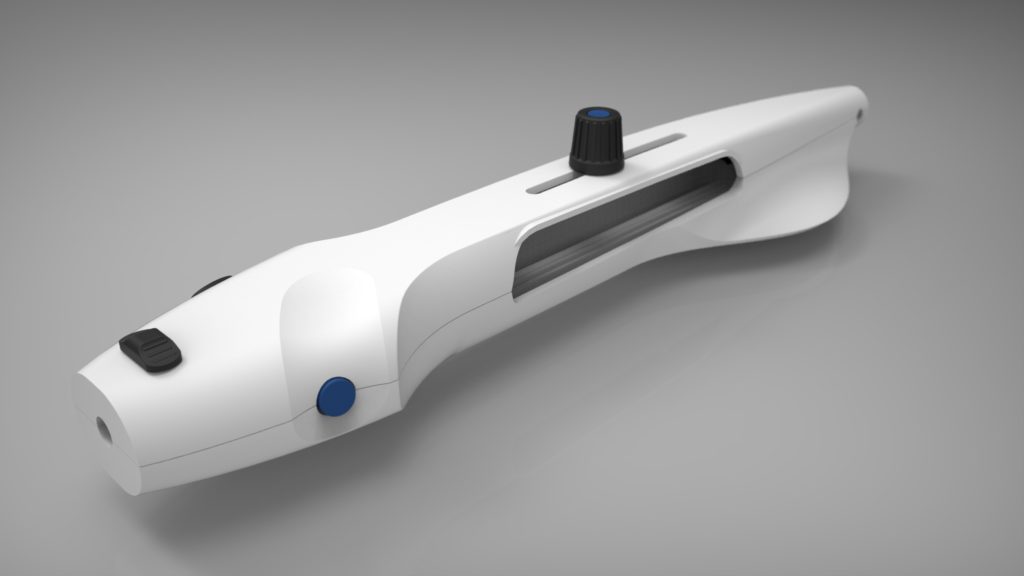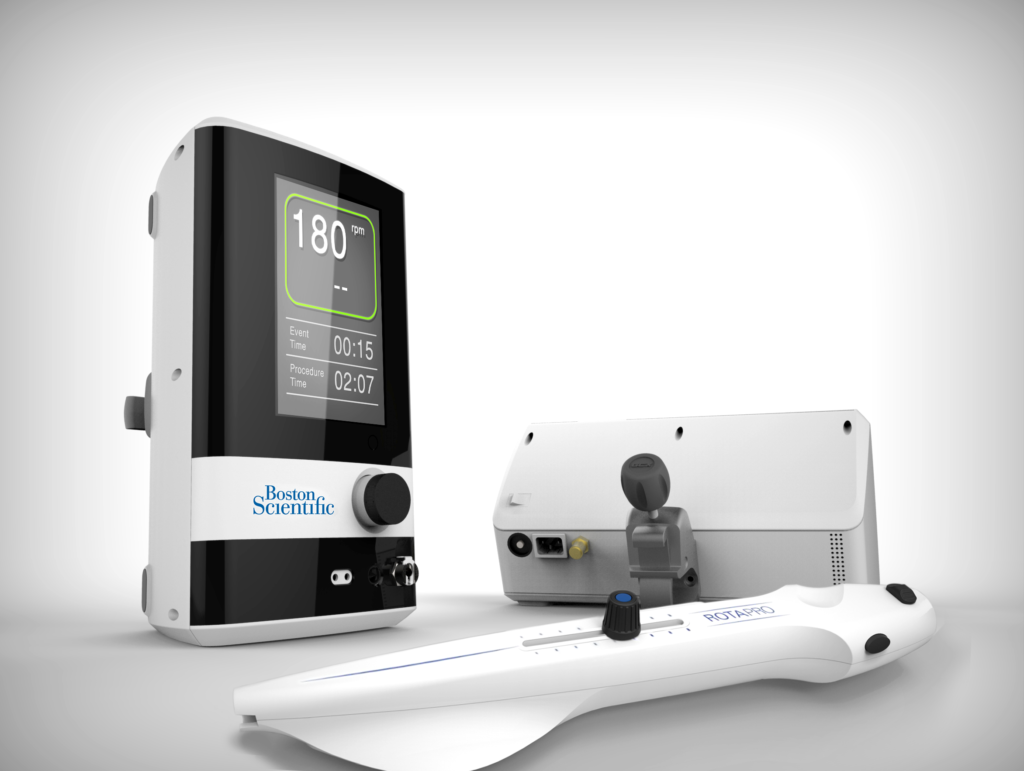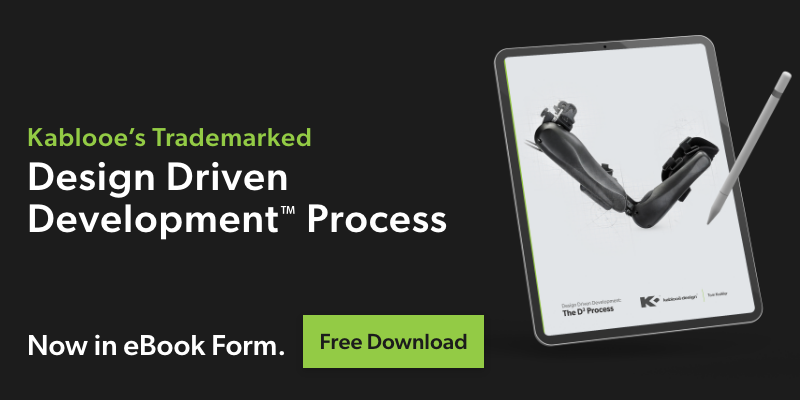9 Key Steps to Supercharge Your Product Development Ideation
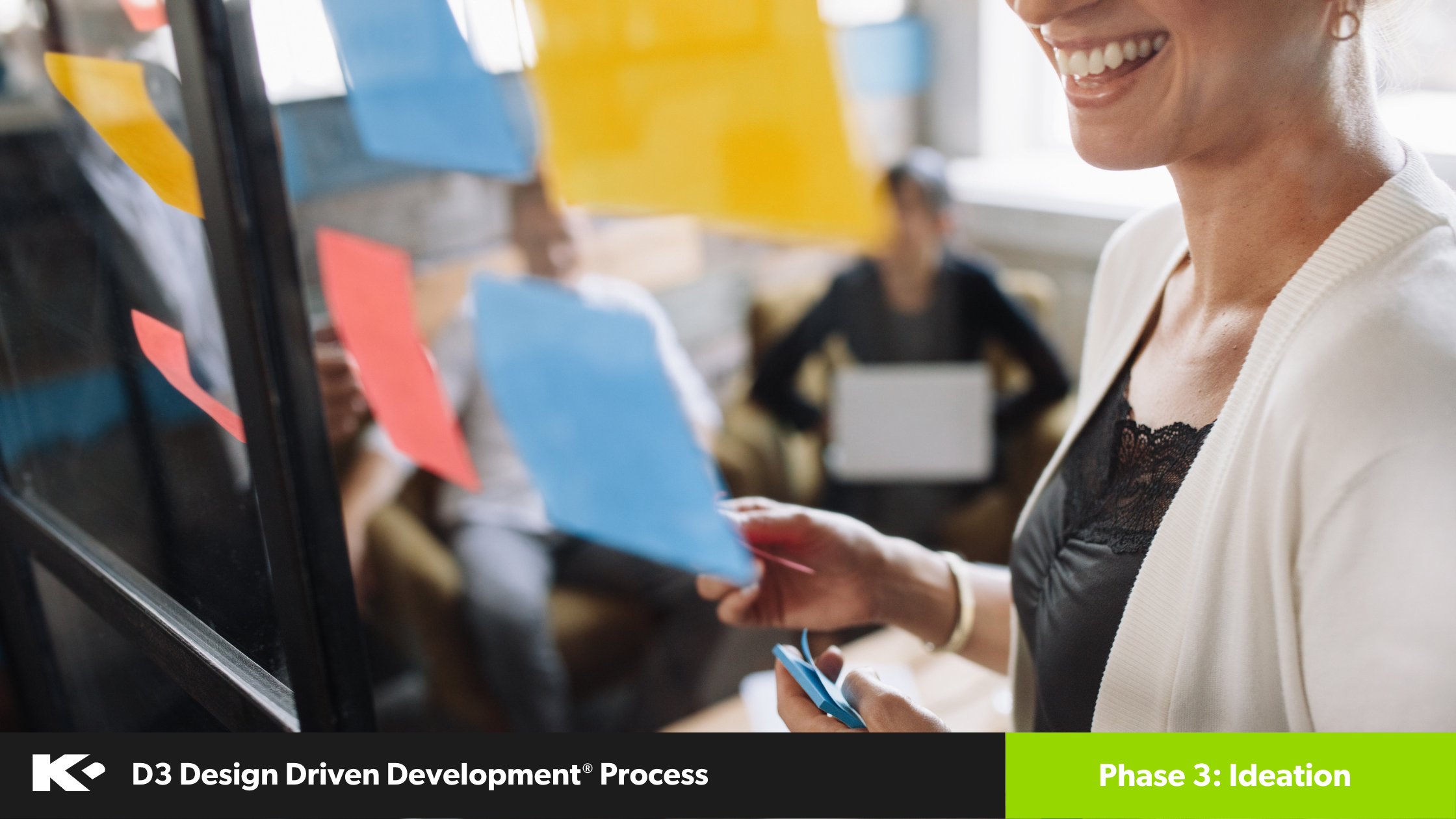 Are you ready to unlock the power of ideation for new product development? The ideation phase is where the magic happens, where innovative ideas take shape and pave the way for successful products.
Are you ready to unlock the power of ideation for new product development? The ideation phase is where the magic happens, where innovative ideas take shape and pave the way for successful products.
In our previous articles, we broke down the five steps of product evaluation and then dove headfirst into the nine steps of product research. Now, we’re here to walk you through the third phase of our trademarked D³ Process.
9 Essential Steps for Successful Product Development Ideation
Buckle up and get ready to explore a world of creative possibilities that will—barring any setbacks—bring your market-shattering ideas to life!
1. Brainstorming
Brainstorming is a fundamental technique for ideation in product development. The goal is to generate a wide range of concepts to choose from, so encourage participants to think freely and explore both conventional and unconventional ideas.
During this phase, utilize any of these eight brainstorming methods to open up concept possibilities in a variety of areas, such as:
- Function
- Ergonomics
- Unique value-added features
- Manufacturability
- Branding
2. Rough Sketching
Once you have a pool of concepts, it’s time to translate them into visual representations. Use simple 2D sketches to explore and generate as many of your solutions as possible. These sketches should be quick and rough, focusing on capturing the essence of each concept. By visualizing ideas, you can gain a better understanding of their potential and identify any challenges or areas for improvement.
3. Concept Review
At this stage of product development ideation, it’s crucial to involve as many stakeholders as possible in the review process. Gather feedback from individuals who have a vested interest in the product’s success, including purchasers, designers, engineers, marketers, and end-users.
To help identify the concepts that have the greatest potential for further development, evaluate teach one on the following merits:
- Feasibility
- Market potential
- Alignment with design criteria
- Overall innovation
By aggregating ideas and perspectives, you can further refine the concepts and identify the most promising solutions. This collaborative approach ensures the selected concepts have a higher likelihood of meeting the expectations and needs of your target audience.
4. Refined Sketching
With the input and insights gained from the concept review, proceed to refine the sketches. Try to incorporate the best features and ideas from all the concepts into a single design, if possible.
Pay attention to detail here and develop a higher level of feature definition to fulfill the areas identified in the previous step. This refined sketch will effectively serve as a blueprint for the next stages of product development.
If necessary, supplement the 2D sketches with simple 3D mock-ups. These can provide a more tangible representation of your ideas, helping you evaluate their practicality and potential usability.
5. Concept Review (Again)
After refining the sketches, it’s crucial to gather your team’s feedback once again. Invite all stakeholders back to review the concepts and provide their final insights.
This iterative process helps by narrowing down the options and selecting the concept opportunity (or opportunities) that best represent the final direction(s) for your product. Once all feedback has been received, it’s time to select the concept(s) that have the highest potential for success.
6. Rough Mockups
To gain a better understanding of the user experience and gather more valuable feedback, create rough, rudimentary mockups of the selected concept(s). These mockups should be tangible enough for users and stakeholders to physically interact with. They can be made from low-fidelity materials such as foam, cardboard, or 3D-printed materials.
This hands-on approach can uncover potential design flaws, usability issues, or opportunities for improvement that might have been overlooked in the earlier stages of product ideation and development.
7. Mockup Evaluation and Input
Once the rough mockups are ready, develop a questionnaire and solicit input from the following groups:
- Potential users
- Marketing team members
- Research and development specialists
- Sales representatives
- Any other relevant stakeholders
By allowing users and stakeholders to see and feel the product concept, you can elicit more specific and actionable feedback from different perspectives. This helps ensure the final design meets the needs and preferences of the target audience.
8. Concept Refinement
First, analyze the feedback received from the mockup(s), identifying common themes, concerns, and suggestions. This analysis will inform the refinement process and guide the next steps of product ideation and development.
Then, based on the evaluation input, refine the sketches and/or mockups accordingly. This is your opportunity to address any identified issues, improve usability, and enhance the overall design. This iterative refinement process helps you create a product that better aligns with user expectations and maximizes its potential in the market.
9. Design Input Review
Before finalizing the concept direction, conduct one last design input review involving all relevant stakeholders. Select only the concept that best meets the design criteria and aligns with the feedback received during the previous stages. Adjust the criteria list (design inputs) accordingly to reflect the refined concept direction.
Then, make sure all necessary signoffs are obtained, particularly those required to comply with FDA design input review guidelines or other applicable regulations. This step ensures that the final concept is ready for design.
Design Your Product for Success With Kablooe
By following these nine key steps, you can generate innovative ideas, engage stakeholders, gather valuable feedback, and create a product that meets—and exceeds—user needs and preferences. Just remember to ensure all product ideation and development activities align with the design criteria you established during the research phase.
Through a well-executed ideation phase, you can set the stage for a successful product development journey and increase your chances of delivering a remarkable and marketable product. To learn about the next phase in our trademarked D³ Process, download Kablooe’s FREE eBook today.

